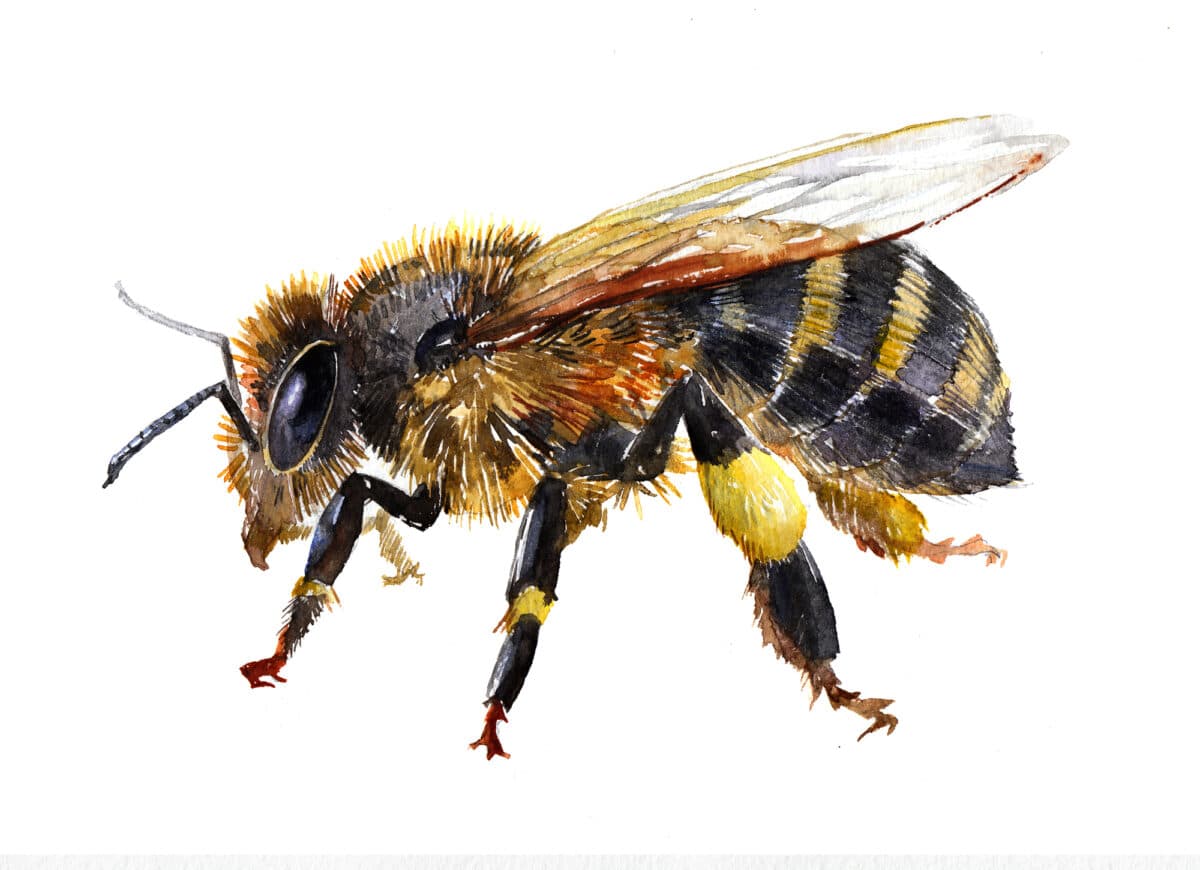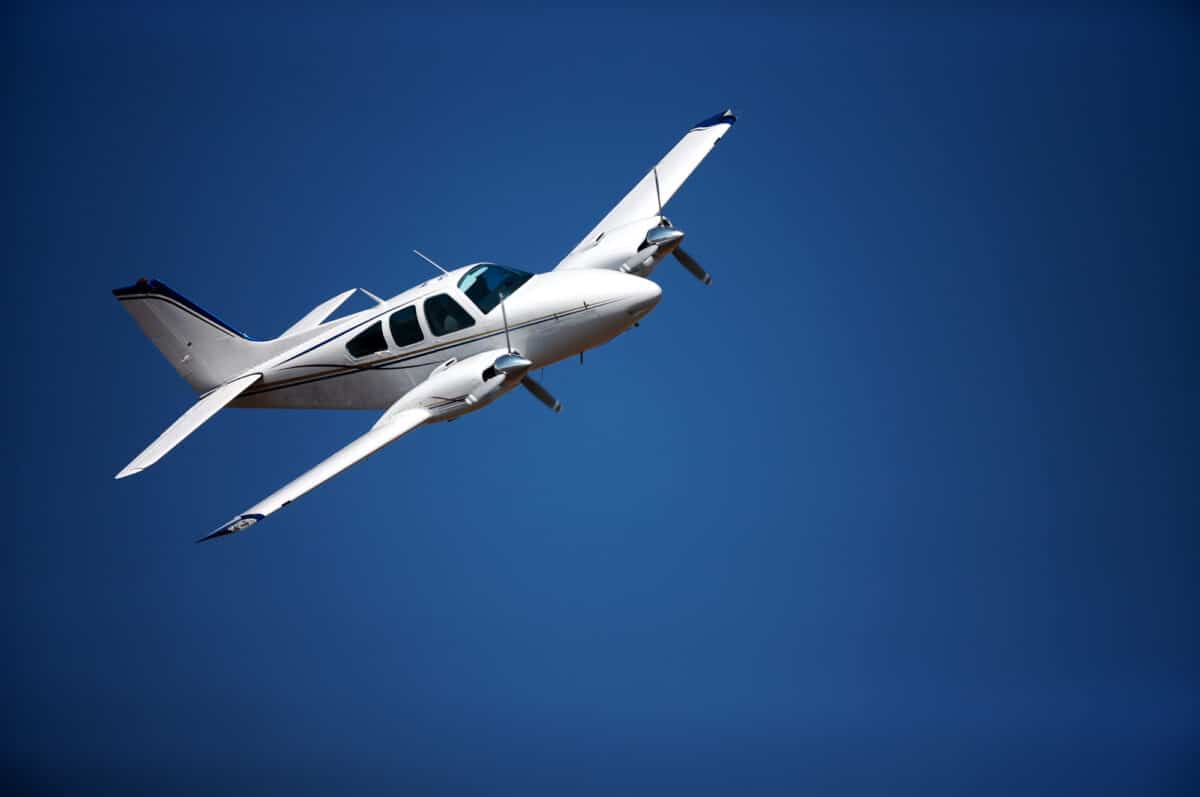Buzzing onto the radar of both the scientific community and aspiring pilots, the flight mechanics of bumblebees have long garnered intrigue for their aerial acrobatics. Despite their portly bodies and seemingly ill-equipped wings, these aeronautical artisans perform airborne ballets with unexpected finesse.
Do Bumblebees Fly Like Planes? Bees generate lift by rapidly flapping their wings, creating high pressure below and low pressure above, similar to helicopters. Planes, on the other hand, rely on Bernoulli’s principle, using wing shape to create a pressure difference and engines for forward motion. Each method reflects unique solutions to achieve flight.
Key Points In The Article
1. Bumblebee Flight Mechanics: Bumblebees fly through their unique wing structure, specialized muscles, and high-energy diet. Their flexible wings and rapid wing movements generate the necessary lift.
2. Lift and Thrust: Bumblebees generate lift through brute force and rapid wing flapping, compensating for their less streamlined bodies.
3. Vortices and Eddies of Air: Bumblebees create air vortices and eddies around their wings, maximizing lift and providing stability and maneuverability.
4. Scientific Research: Studies using high-speed photography and fluid dynamics reveal bumblebee flight mechanisms. Application of the Navier-Stokes equations shows how changing wing angles generate necessary lift.
5. Inspiring Innovation: Bumblebee aerodynamics informs the design of robotic bees, drones, and larger aircraft, challenging conventional flight dynamics.
Table of Contents
Their secret to defying gravity? An intricate interplay of unique wing design, potent muscular strength, and a fuel-rich diet. By flapping their wings at an extraordinary speed, these insect aviators generate just enough lift to carry their sturdy frames, challenging our understanding of aerodynamics in their distinct fashion.
I’ll have what they’re having please!
Cracking the code of the bumblebee’s flight not only reshapes our understanding of nature’s ingenuity but could also set the flight path for future aviators and robotics. As the bee’s unique flight model creates a buzz in the scientific community, student pilots might find themselves revising their textbooks – and thinking outside the cockpit.

Forces Behind Bumblebee Flight
Lift and Thrust
The flight of bumblebees has been a subject of fascination due to their seemingly defy conventional aerodynamics. One key aspect of their flight lies in the way they generate lift and thrust. So, bumblebees rely primarily on a brute force approach, rather than the aerodynamic efficiency found in other insects and aircrafts.
And their unique wing shape and motion allows them to stay airborne despite their stout bodies. It might sound obvious, but the flapping of their wings creates a strong downwash of air, which pushes against the air below them, creating lift.
Another critical factor contributing to their lift generation is the high frequency at which they flap their wings.
Ok, so planes fly fast but bumblebees can flap their wings fast and I mean super fast. Bumblebees can flap their wings at a remarkable rate of 200 times per second, compensating for their relatively small size and less streamlined bodies. This rapid wing flapping helps them generate enough lift to remain in the air, even as they carry loads of nectar during their foraging activities.
Vortices and Eddies of Air
Beyond lift and thrust, the intricate patterns of airflow around a bumblebee’s wings are crucial to their flight capabilities. They create vortices and eddies of air, taking advantage of those to maximize lift.
This phenomenon is often studied using wind tunnel experiments, wherein bumblebees are made to fly in controlled environments, and their aerodynamic performance is closely observed.
Wind tunnel experiments reveal that bumblebees experience complex interactions between their wings and the swirling air around them. The combination of these vortices with their wide, flexible wing shape enables them to generate the lift necessary to support their body weight in flight.
And these aerodynamic properties also provide stability and maneuverability, which are essential when bumblebees buzz through the air, searching for the nectar that fuels their high-energy flight. Although their flight is an impressive showcase of biology and mechanics, it still remains an enigma as they appear to defy the laws of conventional aerodynamics.
The Bumblebee Body Structure
Wings and Thorax
Bumblebees are fascinating insects, known for their round bodies and distinctive buzzing sound. A key aspect of their body structure is the wings and thorax. The thorax houses the powerful muscles that enable their unique style of flight.
Bumblebees have two pairs of wings, with the hind pair connecting to the fore pair during flight, allowing them to create more lift while simultaneously enhancing their stability in the air.
In terms of aerodynamics, the shape of their wings and the manner in which they move them may seem counterintuitive. Bumblebee wings do not follow the same principles of aerodynamics as planes, instead relying on brute force and rapid wing beats to create lift and remain airborne.
Size and Adaptations
The size of bumblebees can vary depending on the species and their role within the hive. Queen bumblebees are generally larger than the workers and males, with a body length of around 20-23 mm, while their average wingspan is approximately 35-40mm. Workers and males usually have a smaller body length of around 10-17mm and a wingspan of 25-30mm.
These insects have evolved several adaptations that allow them to effectively defy conventional aerodynamics. Their rapid wing beat generates an air vortex around their wings, which helps provide the necessary lift for flight. Bumblebees have robust, muscular thoraxes that support these rapid wing beats and the force they require.
Their size and body shape serve an important purpose beyond flight, as bumblebees are well adapted for surviving in various environments. The fuzzy hairs on their large bodies collect pollen and contribute to their ability to pollinate flowers, which is critical for ecosystems and agriculture.
Scientific Studies on Bumblebee Aerodynamics And The Question: Do Bumblebees Fly Like Planes?
High-Speed Photography and Fluid Dynamics
Several scientific studies have focused on the intriguing physics behind bumblebee flight. Researchers like Michael Dickinson from the University of Washington have made significant strides in understanding insect flight mechanics. Using high-speed photography, Dickinson and his team were able to capture the intricate wing movements of bumblebees during flight, shedding light on their unique aerodynamic capabilities.
Utilizing fluid dynamics, the researchers discovered that bumblebees don’t rely solely on conventional aerodynamics. Instead, they create tiny eddies of air beneath their wings, similar to the vortices generated by a helicopter propeller. These swirling air currents provide an additional lift, allowing them to stay airborne despite their seemingly inefficient body-to-wing ratio.
The Navier-Stokes Equation
To better understand the complex interactions between the bumblebee’s wings and surrounding air, scientists turned to the Navier-Stokes equations. These equations, named after French mathematician Claude-Louis Navier and Irish physicist George Gabriel Stokes, are fundamental in describing fluid dynamics.
When applied to the study of bumblebee flight, the Navier-Stokes equations revealed the specific aerodynamic mechanisms that enable these insects to defy conventional wisdom. By rapidly changing their wing angle during each stroke, bumblebees create low-pressure areas above their wings, resulting in the lift necessary for sustained flight.
This groundbreaking research on bumblebee aerodynamics was published in the prestigious journal Proceedings of the National Academy of Sciences. The study has not only deepened our understanding of insect flight but also challenged long-held beliefs about the limitations of conventional aerodynamics.
Scientists continue to explore the potential applications of these physics-defying principles in areas such as drone design and micro-aircraft development.
Bumblebee-Inspired Innovations
As I said, Bumblebees have long been a source of fascination for scientists, especially when it comes to their unique flight abilities. These flying insects have been found to defy conventional aerodynamic theories, inspiring researchers to study their flight dynamics as a potential source of innovation for man-made aircraft and robotic systems.
Robotic Bees and Drones
The development of robotic bees has been an exciting field in recent years, as researchers try to mimic the flight capabilities of bumblebees and other flying insects. Some scientists have worked on creating force sensors and robotic bee wings, studying their oscillations and airflow to better understand how bumblebees manage to fly so adeptly.
One such project, led by a team at Oxford University, employs high-speed cameras to record the movements of Bombus Terrestris, a common species of bumblebee. By analyzing the video footage and using mineral oil to create artificial smoke, they have been able to visualize how the bumblebee’s wings interact with the air.
The data generated by these studies has informed the design of drones, particularly when it comes to hovering and maneuvering in tight spaces. Many drones now utilize similar wing shapes and oscillations to achieve a level of aerodynamic efficiency similar to that of bumblebees.

Aircraft and Helicopter Design
Bumblebees have also had an impact on the design of larger aircraft, including helicopters. The study of bumblebee flight has led to a deeper understanding of how birds and other flying animals, including insects, achieve aerodynamic efficiency.
Helicopter blades, for instance, have been designed to emulate the insect wings’ airfoil characteristics, which allow them to generate lift despite the rather nontraditional appearance of their wings. The development of these helicopter blades was heavily influenced by the work of Ludwig Prandtl, a German scientist who focused on the Navier–Stokes equations and their application to the study of flight dynamics.
These equations, which describe the behavior of fluids, have played an essential role in bridging the gap between traditional aerodynamic theory and the brute force methods of bumblebee flight. Researchers have used these equations to describe the complex interactions between bumblebee wings and the air and point to ways in which aircraft design can be revolutionized.
Bumblebee-inspired innovations continue to influence the design of aircraft and robotic systems. Their unconventional aerodynamic capabilities have challenged scientists to think outside the box and led to breakthroughs that have found relevance in various industries.
Final Thoughts: The Bees’ Knees of Flight Innovation
So, do bumblebees fly like planes? Well, in the world of bumblebees, flight isn’t just a wing and a prayer. These dexterous insects have mastered a unique style of aerodynamics that leaves even seasoned scientists abuzz.
Their technique? Fast-flapping wings that generate aerodynamic forces unseen in typical aircraft. This winning combination of agility and compact size gives bumblebees the edge in navigating intricate terrains and reaching food sources with enviable ease.
These winged wonders have also proven adaptability in their evolutionary story. Their seemingly aerodynamics-defying abilities are nothing but nature’s unique design to let them flourish in various environments.
The study of bumblebee flight promises to be a hive of scientific discovery and technological innovation. These modest insects are emblematic of how nature often takes flight on the wings of the extraordinary, inspiring us to continually rethink the boundaries of possibility.